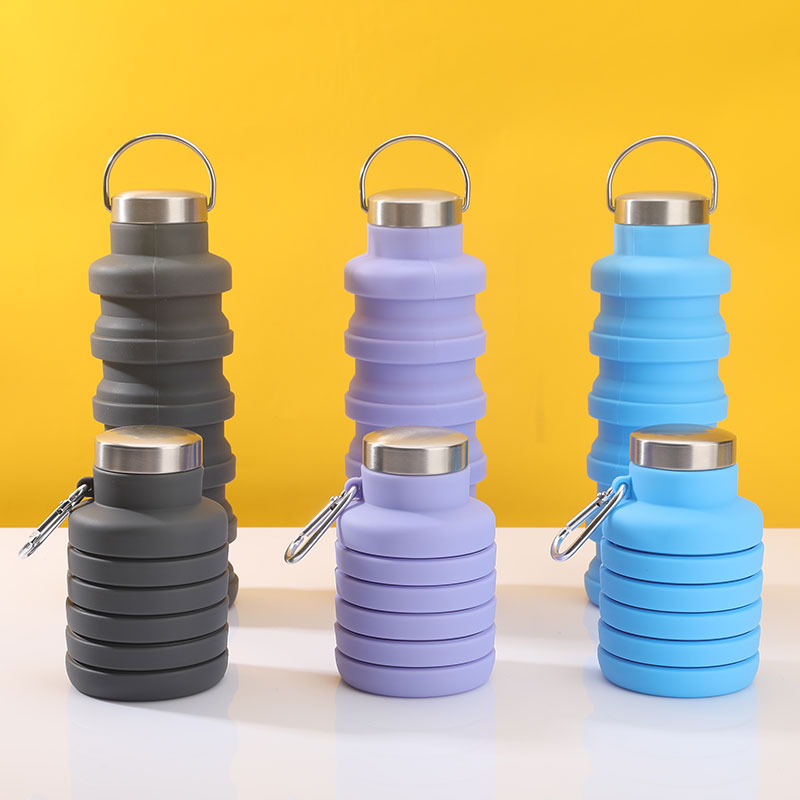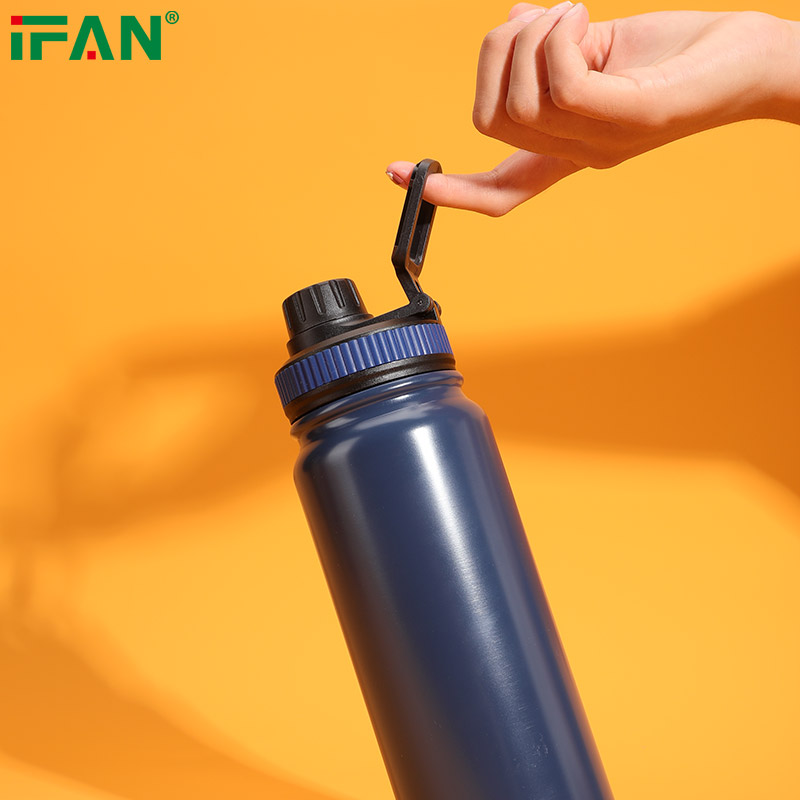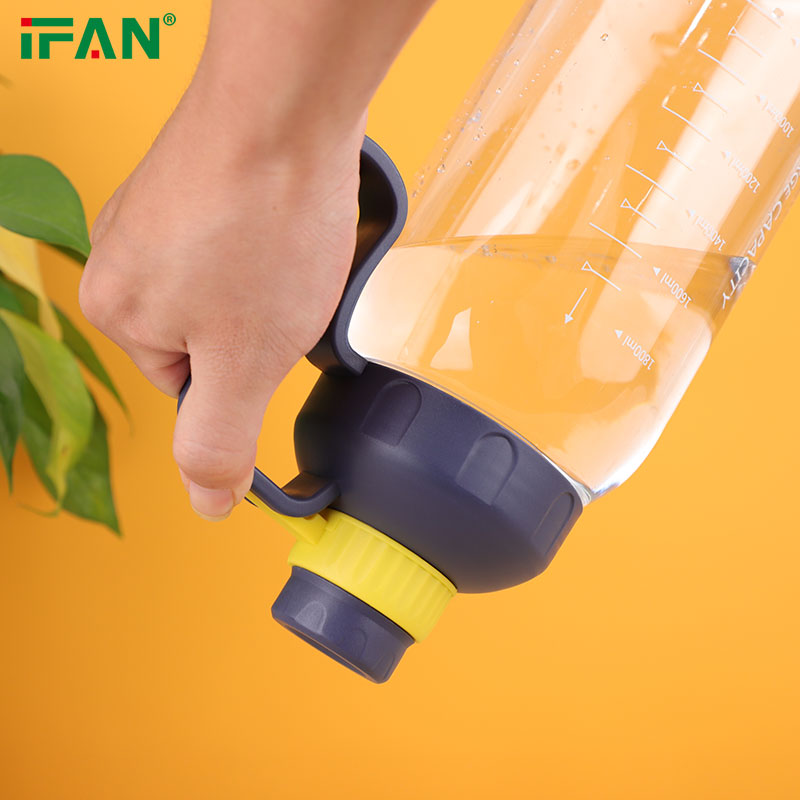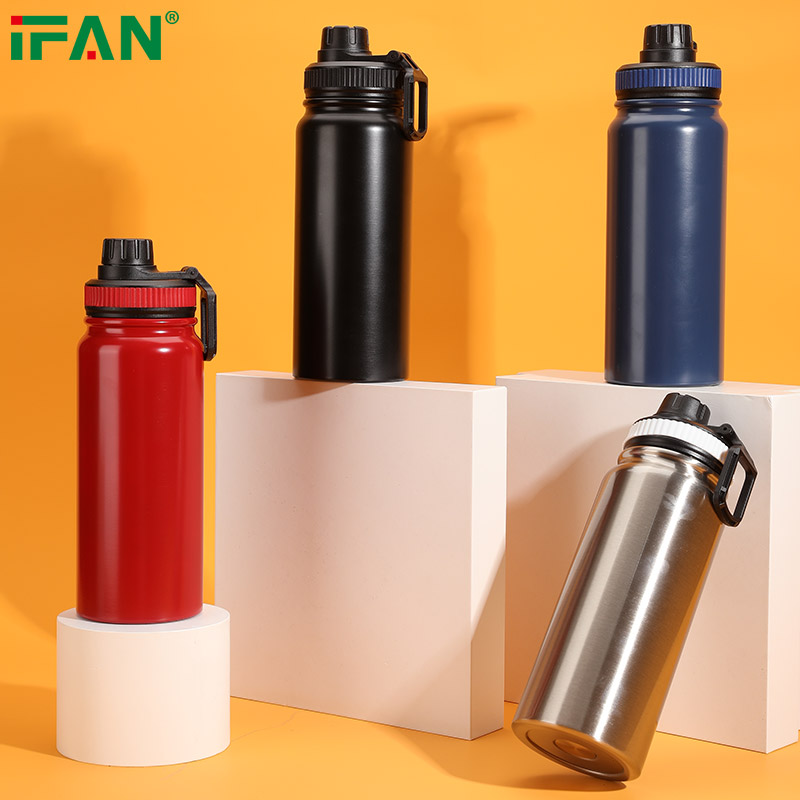What you need to prepare for the trip?
Preparing for a trip, especially a mountaineering adventure, requires careful planning and organization to ensure a safe and enjoyable experience. Here are some essential items and considerations to prepare for your journey:

- Research and Planning:
- Familiarize yourself with the destination: Learn about the terrain, weather conditions, altitude, and any potential risks or challenges you may encounter.
- Check travel advisories: Stay updated on any travel restrictions, permits, or special requirements for the area you plan to visit.
- Plan your route and itinerary: Determine the trails, campsites, and landmarks you want to explore, outlining estimated distances and durations.
- Essential Gear and Equipment:
- Mountaineering boots: Invest in high-quality, waterproof, and sturdy boots that provide ankle support and excellent traction.
- Backpack: Choose a backpack with ample capacity, comfortable straps, and compartments for organizing your essentials.
- Clothing: Pack suitable layers for varying weather conditions, including base layers, insulating layers, and a waterproof jacket.
- Sleeping bag and tent: Opt for a lightweight, durable sleeping bag suitable for the temperatures you expect. Ensure your tent is sturdy, waterproof, and appropriate for the terrain.
- Navigation tools: Carry a map, compass, and GPS device to navigate unfamiliar trails accurately.
- Headlamp: A hands-free headlamp is essential for nighttime visibility on the trails or in camp.
- Climbing gear: If you plan to engage in technical climbing, bring harnesses, helmets, ropes, and appropriate protective equipment.
- First aid kit: Include basic medical supplies like bandages, disinfectant, pain relievers, and any necessary personal medications.
- Hydration and Nutrition:
- Water bottles or hydration system: Carry enough water to stay hydrated throughout your trip. Consider water purification methods if clean water sources are scarce.
- Energy-rich snacks: Pack lightweight, high-energy snacks like nuts, dried fruits, energy bars, and electrolyte-replenishing beverages.
- Safety and Emergency Preparedness:
- Personal locator beacon or satellite phone: In remote areas, having a means of communication for emergencies is crucial.
- Whistle and signal mirror: These can be used to attract attention in case of an emergency.
- Multi-tool or knife: Useful for various purposes, including gear repairs and food preparation.
- Waterproof matches or a lighter: These are essential for starting a fire in emergencies or to stay warm.
- Emergency shelter: Carry a lightweight, compact emergency shelter like a bivy sack or space blanket.
- Physical and Mental Preparation:
- Physical fitness: Engage in regular exercise and strength training activities to build endurance and stamina for the challenging terrain.
- Mental preparedness: Prepare yourself mentally for the physical demands and potential obstacles of the journey. Develop problem-solving skills and a positive mindset to tackle any unexpected situations.
Remember to check local regulations, guidelines, and recommendations specific to your destination before your trip. Being well-prepared ensures you can fully enjoy the beauty of the mountains while minimizing risks and maximizing your experience.

The advantages of travel water bottle
Tavel water bottles offer several advantages that make them a must-have for any traveler or adventurer. Here are some of the key benefits:
- Hydration on the go: One of the primary advantages of travel water bottles is the ability to stay hydrated wherever you are. Whether you’re hiking, camping, or exploring a new city, having a water bottle ensures you always have access to clean, refreshing water.
- Convenience and cost savings: Travel water bottles eliminate the need to buy disposable plastic water bottles, which not only saves you money but also reduces environmental waste. With a reusable water bottle, you can refill it at water fountains, taps, or even natural water sources, cutting down on single-use plastic consumption.
- Durability and reliability: Travel water bottles are designed to withstand rugged conditions and frequent use. Made from durable materials such as stainless steel or BPA-free plastic, they can endure bumps, drops, and extreme temperatures without leaking or breaking.
- Temperature control: Many travel water bottles come with insulation technology that helps maintain the temperature of your beverage. This means you can enjoy cold water on a hot summer day or keep your tea or coffee warm during chilly outdoor excursions.
- Versatility and functionality: Travel water bottles often include features like wide-mouth openings for easy filling, cleaning, and adding ice cubes. They may also have built-in strainers or filters for purifying water on the go, making them suitable for various travel destinations, including remote areas or countries with questionable tap water quality.
- Portability and space-saving: Travel water bottles are designed to be lightweight and compact, making them easy to carry in backpacks, daypacks, or even pockets. Their ergonomic shapes and convenient carrying handles or clips ensure hassle-free transport.
- Health and safety: Using a personal water bottle reduces the risk of drinking contaminated water from unknown sources. You have control over the cleanliness and quality of the water you consume, promoting better health and preventing illnesses caused by unsafe drinking water.
In summary, travel water bottles offer convenience, cost savings, durability, temperature control, versatility, portability, and health benefits. Investing in a high-quality, reusable water bottle is not only practical but also environmentally responsible, ensuring you stay hydrated while minimizing your ecological footprint.


